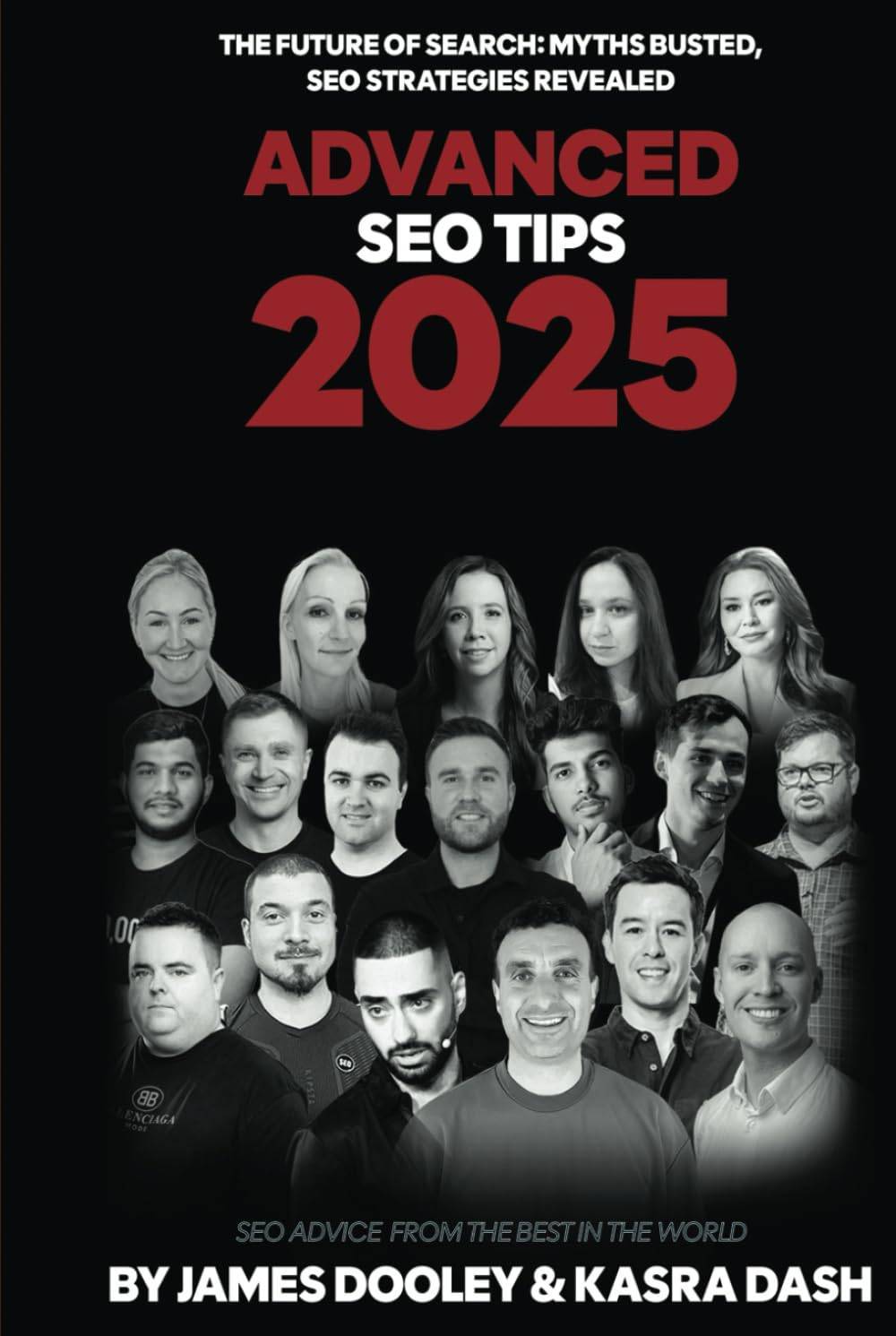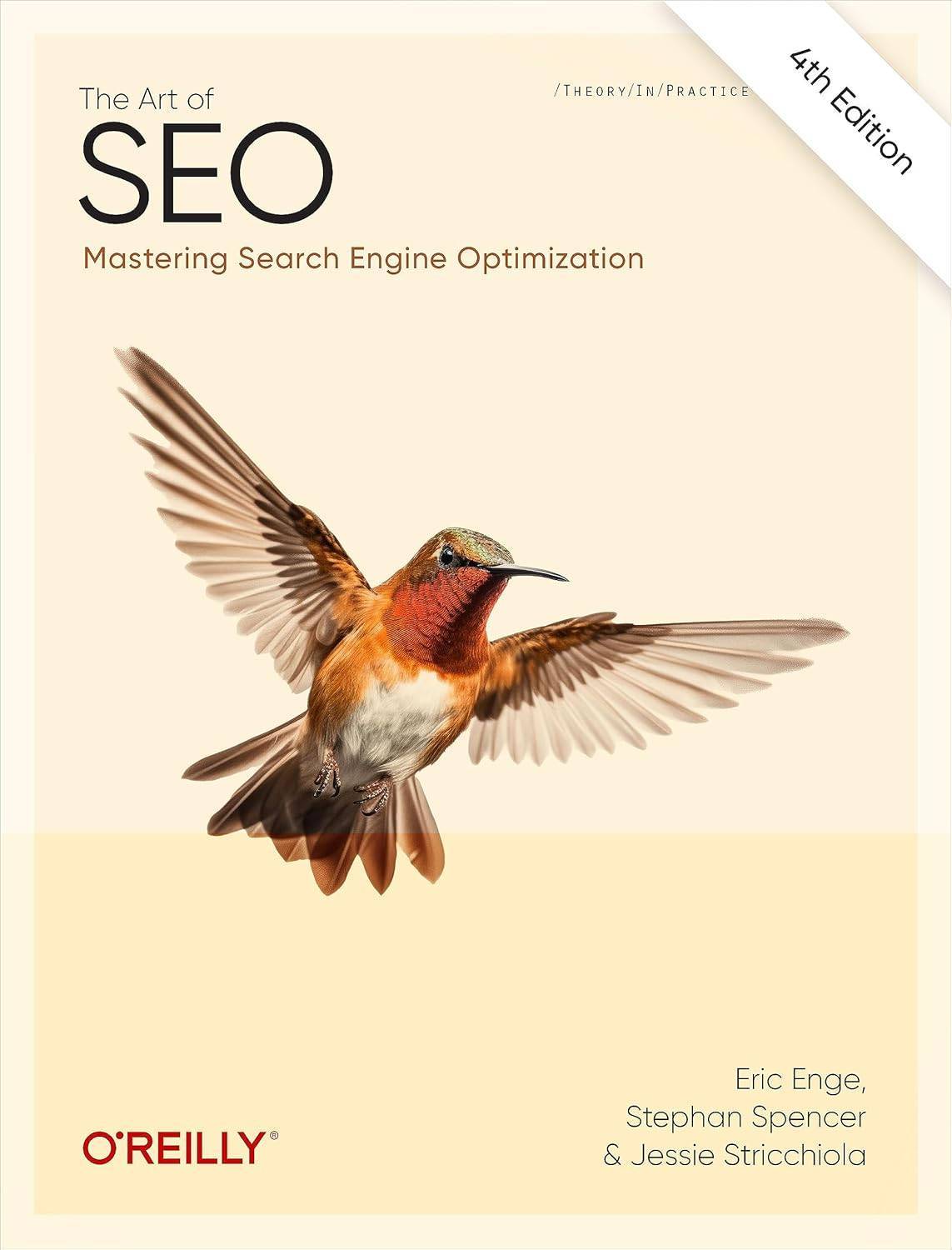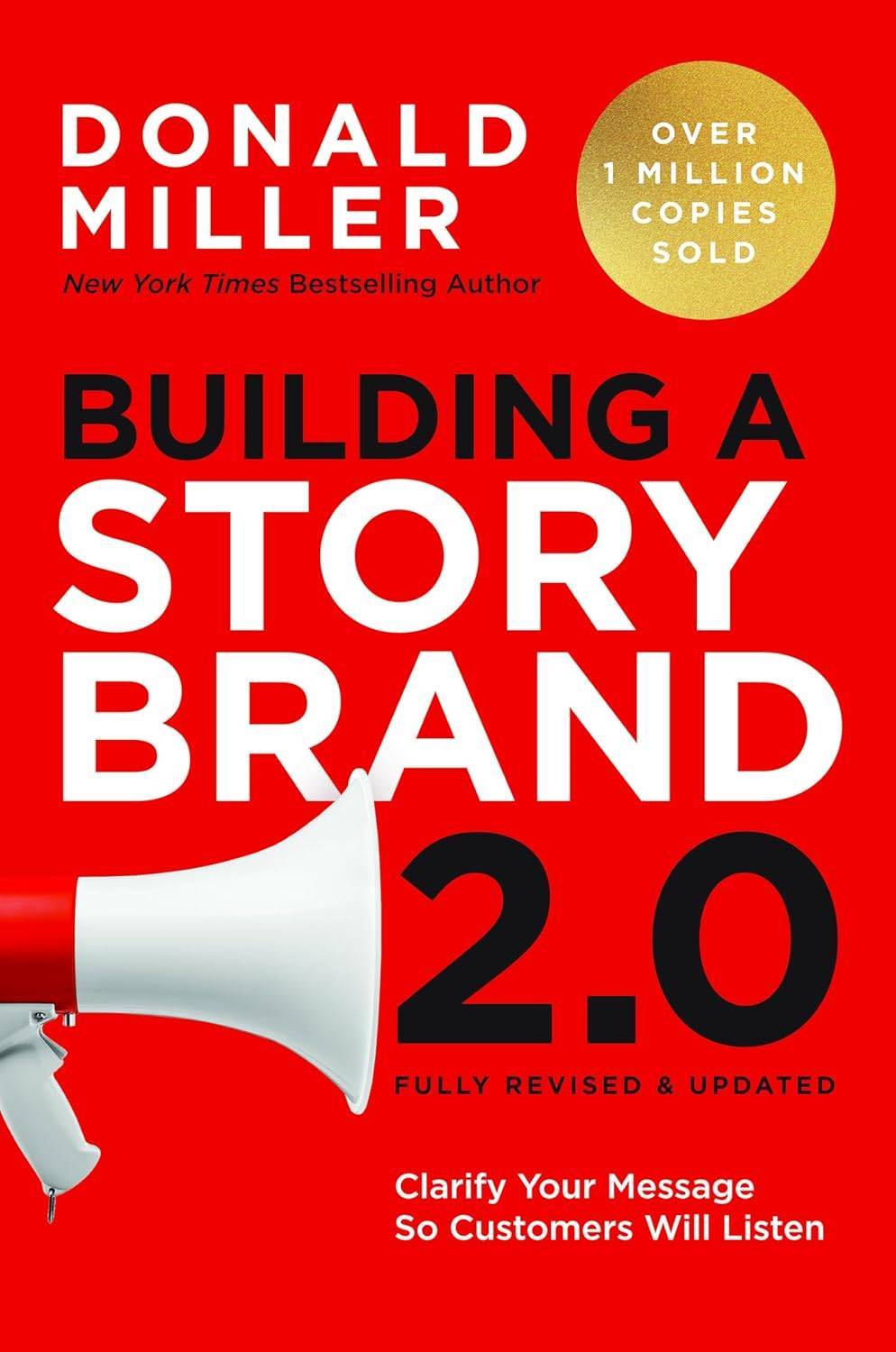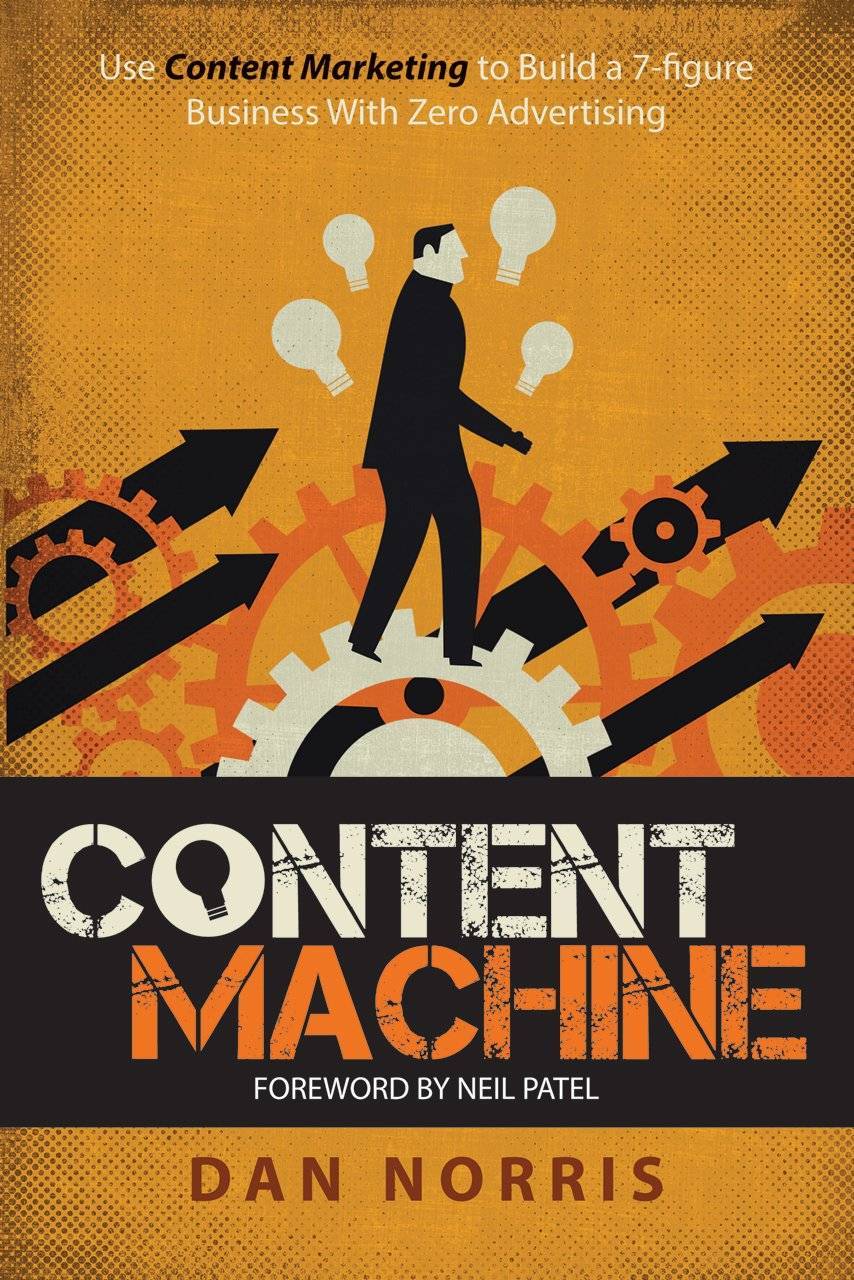Master On-Page SEO: A Practical Checklist for 2025
A step-by-step checklist to help you optimize every page for search engines and users in 2025.
Last updated: May 18, 2025

Master On-Page SEO: A Practical Checklist for 2025
Introduction
On-page SEO is the foundation of every successful website. Whether you're launching a new blog or updating an established site, following a proven checklist ensures your content is discoverable, relevant, and competitive. This guide is for beginners and site owners who want a clear, actionable process to improve rankings and user experience in 2025.
TL;DR
To master on-page SEO in 2025, focus on clear structure, user intent, and technical basics. Use headings, optimized media, and internal links to create pages that both people and search engines love—this is the fastest way to boost rankings and engagement.
Recommended Reading
Why This Topic Matters
Ignoring on-page SEO can result in lost traffic, poor search visibility, and a frustrating user experience. Search engines rely on clear signals to understand your content. Without optimization, even great content can remain invisible, costing you leads and authority.
On-Page SEO Checklist for 2025
1. Target the Right Keyword
Start with a primary keyword that matches user intent. Use tools like Ahrefs, Semrush, or Google Keyword Planner to find terms with good volume and low competition. Place your main keyword in the title, first paragraph, and naturally throughout the content.
2. Write a Compelling Title Tag and Meta Description
Your title tag should be unique, under 60 characters, and include the main keyword. The meta description should summarize the page in 155–160 characters, encouraging clicks. Both should be written for humans, not just search engines.
3. Use Headings to Structure Content
Break up your content with clear H2 and H3 headings. Headings help readers scan your page and signal topic relevance to search engines. Include related keywords where it makes sense, but avoid keyword stuffing.
4. Optimize Images and Media
Compress images for fast loading and add descriptive alt text with relevant keywords. Use modern formats like WebP. For videos or infographics, provide context and transcripts if possible.
5. Internal and External Linking
Link to other relevant pages on your site to help users and search engines discover more content. Add a few authoritative external links to support your claims. Use descriptive anchor text, not just "click here."
6. Improve Page Speed and Mobile Experience
A slow or unresponsive page can hurt rankings and drive visitors away. Test your site with PageSpeed Insights and Mobile-Friendly Test. Fix issues like large images, unused scripts, or poor mobile layouts.
7. Use Schema Markup Where Relevant
Add schema.org markup to highlight reviews, FAQs, products, or articles. This helps search engines display rich results and can improve click-through rates.
Other Common Issues
Thin Content: Pages with little value or duplicate text rarely rank well. Always aim for depth and originality.
Over-Optimization: Stuffing keywords or using manipulative tactics can trigger penalties. Write for users first.
Missing Alt Text: Skipping image alt attributes is a missed opportunity for accessibility and SEO.
Broken Links: Outdated or broken links frustrate users and harm your site's credibility.
Recommended Tools
- Ahrefs: Comprehensive SEO tool for keyword research, site audits, and competitor analysis.
- Google Search Console: Free tool to monitor indexing, errors, and performance.
- Screaming Frog: Desktop crawler for finding technical and on-page issues.
- PageSpeed Insights: Analyze and improve your site's speed and performance.
- Grammarly: Ensure your content is clear, error-free, and engaging.
When to Hire Help
If you're facing complex site migrations, persistent indexing problems, or scaling a large site, consider hiring an SEO professional. Technical audits, advanced schema, and recovery from penalties often require specialist expertise.
Final Takeaway
On-page SEO is a repeatable process that pays off with every page you publish. Use this checklist regularly to keep your site competitive and user-friendly in 2025 and beyond.



